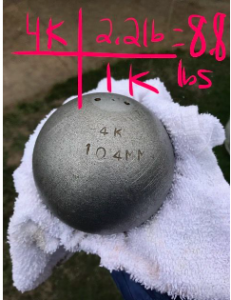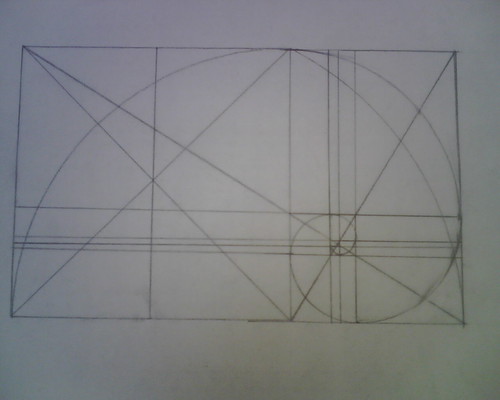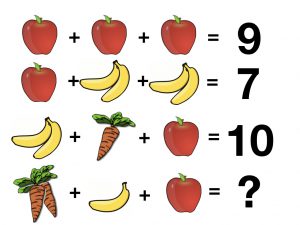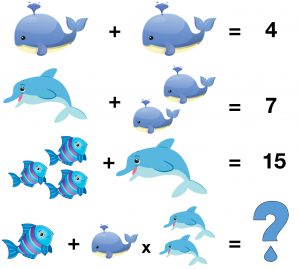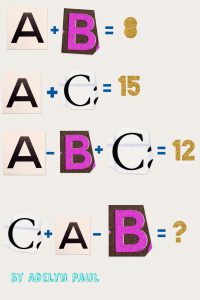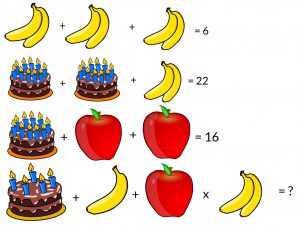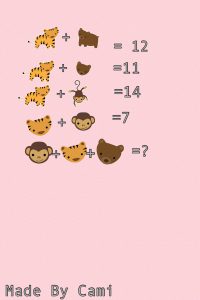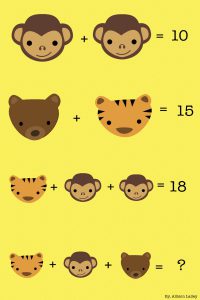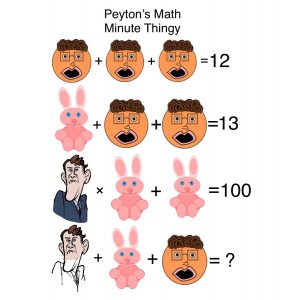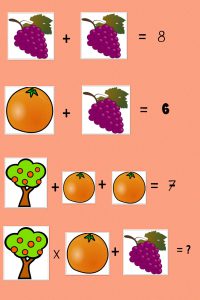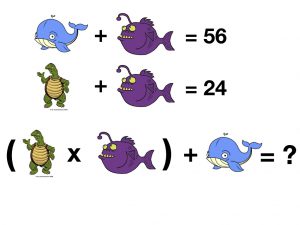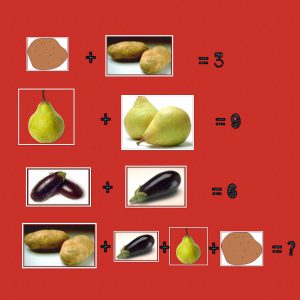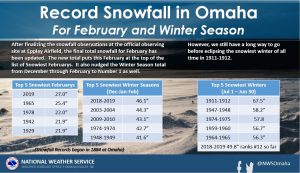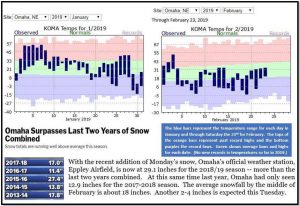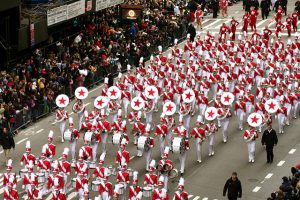
parade | pəˈrād | noun
a public procession, especially one celebrating a special day or event and including marching bands and floats.
Who doesn’t love a good parade? People throwing out candy from elaborately decorated floats, listening to marching bands while baton twirlers dance by, watching the line of fancy cars drive by with kings and queens waiving…the list goes on! Have you ever participated in a parade? What is something you remember? When I was in 4th grade, I dressed up as one of the orphans from Annie and walked in my hometown parade. My little sister was Annie and my older sister was Miss Hannigan.
One of my favorite holiday traditions is watching the Rose Bowl Parade on New Year’s Day. This year marked the 130th parade in Pasadena, California.
How can you spend your Math Minutes?
- Read about the Parade here: https://tournamentofroses.com/about/ and post a “number fact” about the parade. For example: 45.5 Million people watch the parade on television and 700,000 (estimated) watch it live. Source Feel free to post as many facts as you like.
- Create a Infographic about some of the data you found out about the parade. Check out Violet’s example.
- Read about the Design and Manufacturing process for floats. Leave a comment with something new you learned and/or your idea for a float.
image credit: https://www.flickr.com/photos/karmakazesal/4146346672
